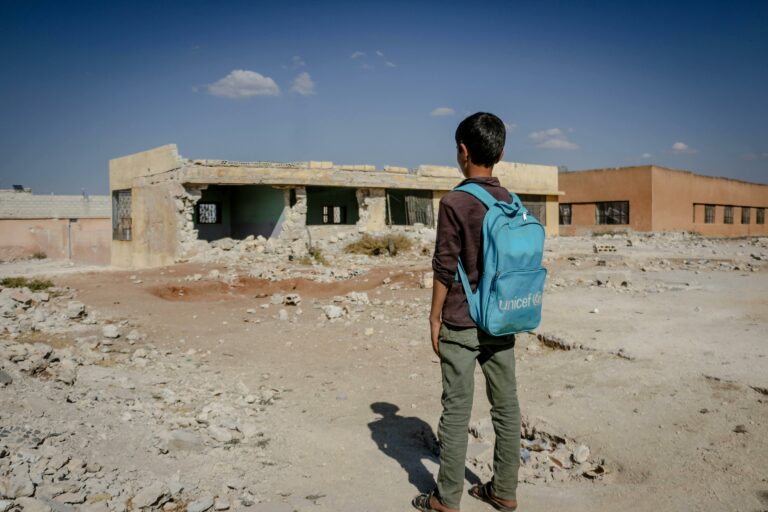Foreign aid has long been a crucial tool for international development, humanitarian assistance, and diplomatic relations. However, in recent years, foreign aid budgets have faced increasing constraints due to shifting political priorities, economic downturns, and rising nationalist sentiments. Navigating this funding squeeze requires strategic planning, innovative financing, and strong advocacy. This article explores the dynamics of foreign aid politics and provides practical approaches to securing and optimizing funding in a challenging landscape.
The Changing Landscape of Foreign Aid
Foreign aid flows are influenced by a complex interplay of domestic and international factors. In donor countries, political changes often lead to fluctuating commitments to foreign assistance. Economic slowdowns and inflationary pressures can further tighten budgets, while public skepticism about aid effectiveness may lead to reduced political will. Additionally, geopolitical tensions and global crises, such as pandemics or conflicts, often redirect aid towards emergency response rather than long-term development initiatives.
Strategies for Navigating the Funding Squeeze
1. Diversify Funding Sources
Relying solely on traditional government aid is increasingly risky. Organizations should explore alternative funding sources, including:
- Philanthropic Foundations: Entities like the Bill & Melinda Gates Foundation or Open Society Foundations provide grants for global development projects.
- Private Sector Partnerships: Corporate social responsibility (CSR) initiatives and impact investing can supplement funding.
- Multilateral Institutions: Organizations such as the World Bank, IMF, and regional development banks continue to provide financial support for projects aligned with their mandates.
- Crowdfunding & Public Campaigns: Engaging the general public through digital fundraising platforms can generate additional resources
2. Strengthen Evidence-Based Advocacy
To counter skepticism and justify continued investment in aid programs, stakeholders must emphasize measurable impacts. This involves:
- Conducting rigorous impact assessments and publishing transparent reports.
- Demonstrating the economic and security benefits of aid to donor countries.
- Engaging influential policymakers and thought leaders to champion aid effectiveness.
3. Improve Aid Efficiency
With shrinking resources, maximizing the impact of every dollar is critical. This can be achieved through:
- Better Coordination: Reducing duplication among donors and implementing joint initiatives.
- Local Empowerment: Supporting grassroots organizations that have deep community ties and lower operational costs.
- Innovative Financing Mechanisms: Exploring models such as social impact bonds, blended finance, and microfinance initiatives to leverage private investment.
Favour Abatang aptly notes, “In times of financial constraint, the effectiveness of aid is not measured by quantity but by the impact it creates in the communities it serves.” This statement underscores the importance of maximizing the efficiency of aid programs while ensuring that every dollar spent yields meaningful results.
4. Leverage Digital & Technological Solutions
Technology can enhance aid delivery and monitoring, making programs more cost-effective and accountable. Examples include:
- Blockchain for Transparency: Ensuring funds reach intended beneficiaries with minimal leakage.
- AI & Big Data: Analyzing real-time data to improve program targeting and efficiency.
- Mobile Money & Digital Payments: Facilitating direct cash transfers to beneficiaries, reducing administrative costs.
Conclusion
The foreign aid landscape is undeniably challenging, but with strategic adaptation, organizations and governments can continue to provide critical support to vulnerable populations. By diversifying funding sources, advocating effectively, enhancing efficiency, and leveraging technology, stakeholders can mitigate the effects of the funding squeeze and sustain impactful aid programs. The future of foreign aid depends on resilience, innovation, and a commitment to global solidarity.

